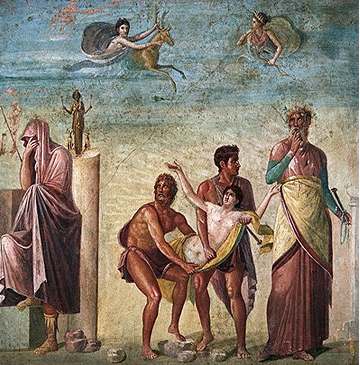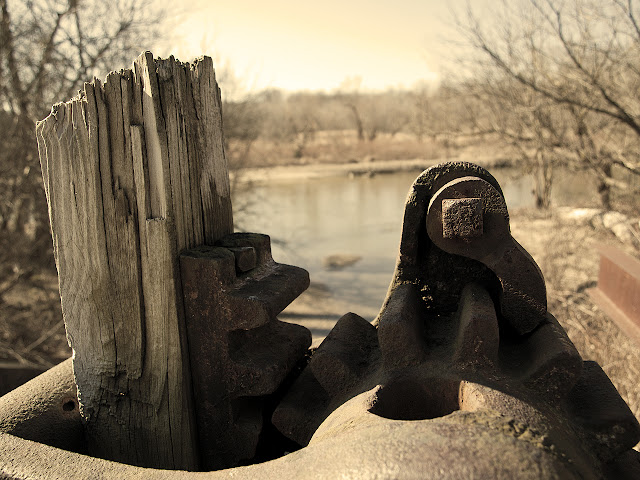"Be judge yourself, I'll bring it to the test,
Which is the basest creature, man or beast
Birds feed on birds, beasts on each other prey,
But savage man alone does man betray:
Pressed by necessity; they kill for food,
Man undoes man, to do himself no good.
With teeth and claws, by nature armed, they hunt
Nature's allowance, to supply their want.
But man, with smiles, embraces. friendships. Praise,
Inhumanely his fellow's life betrays;
With voluntary pains works his distress,
Not through necessity, but wantonness.
For hunger or for love they bite, or tear,
Whilst wretched man is still in arms for fear.
For fear he arms, and is of arms afraid:
From fear, to fear, successively betrayed.
Base fear, the source whence his best passions came.
His boasted honour, and his dear-bought fame.
The lust of power, to whom he's such a slave,
And for the which alone he dares be brave;
To which his various projects are designed,
Which makes him generous, affable, and kind.
For which he takes such pains to be thought wise,
And screws his actions, in a forced disguise;
Leads a most tedious life in misery,
Under laborious, mean hypocrisy.
Look to the bottom of his vast design,
Wherein man's wisdom, power, and glory join:
The good he acts. the ill he does endure.
'Tis all from fear, to make himself secure.
Merely for safety after fame they thirst,
For all men would be cowards if they durst.
And honesty's against all common sense,
Men must be knaves, 'tis in their own defence.
Mankind's dishonest: if you think it fair
Among known cheats to play upon the square,
You'll be undone.
Nor can weak truth your reputation save,
The knaves will all agree to call you knave.
Wronged shall he live, insulted o'er, oppressed,
Who dares be less a villain than the rest.
Thus sir, you see what human nature craves,
Most men are cowards, all men should be knaves;
The difference lies, as far as I can see.
Not in the thing itself, but the degree;
And all the subject matter of debate
Is only, who's a knave of the first rate"
~ Lord John Wilmot, excerpted from A Satyre Against Mankind (1675).




















































